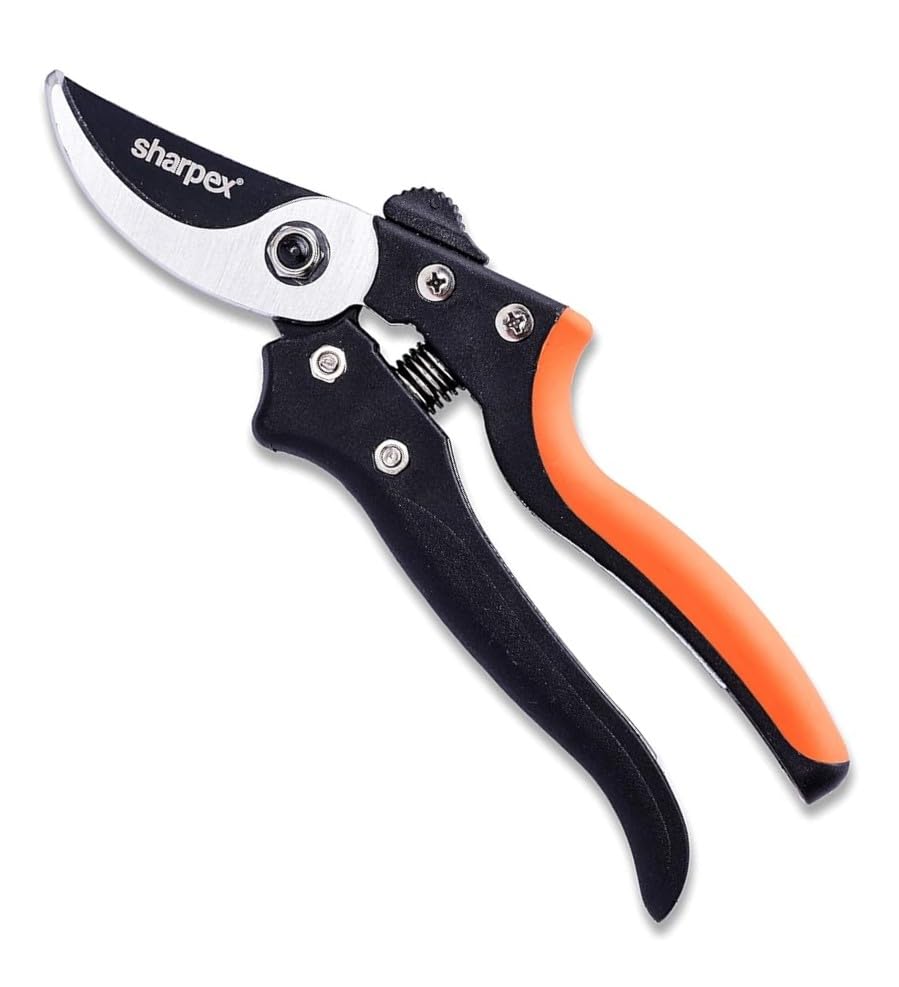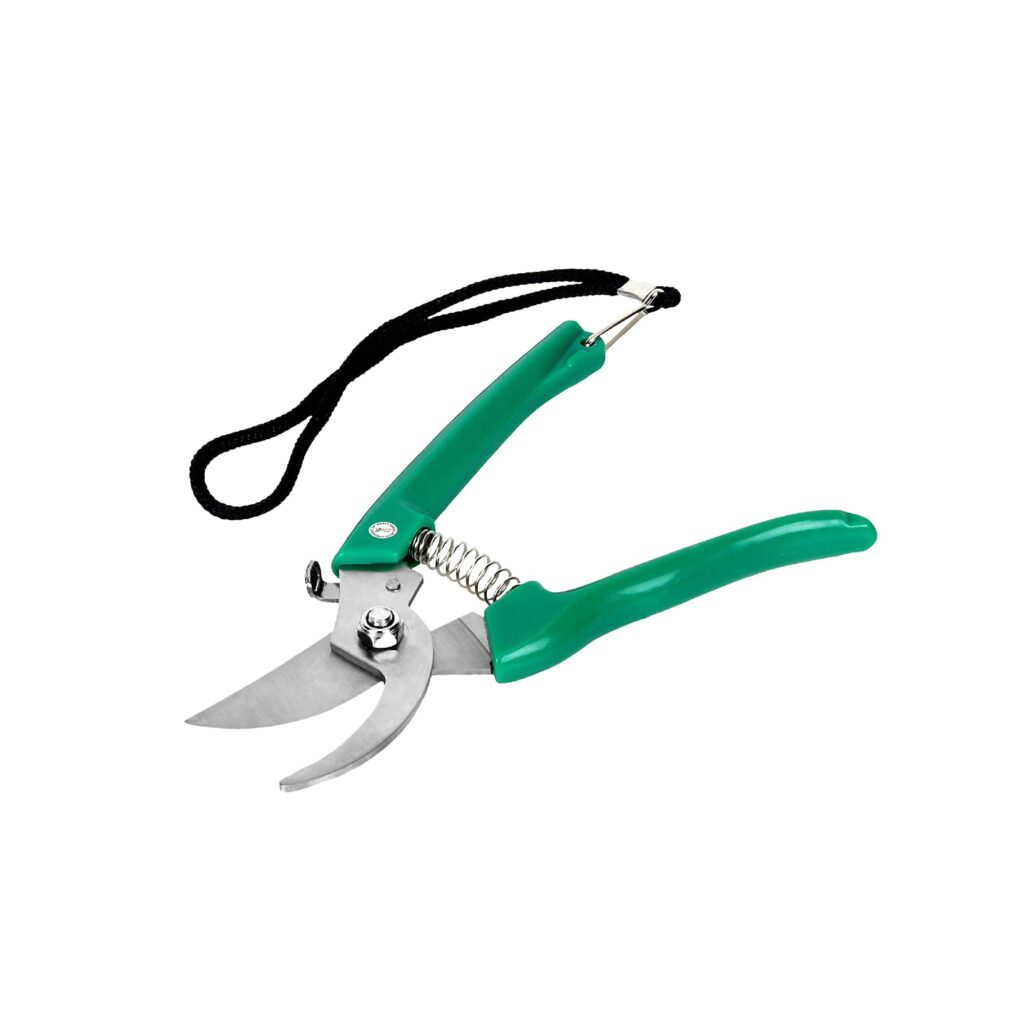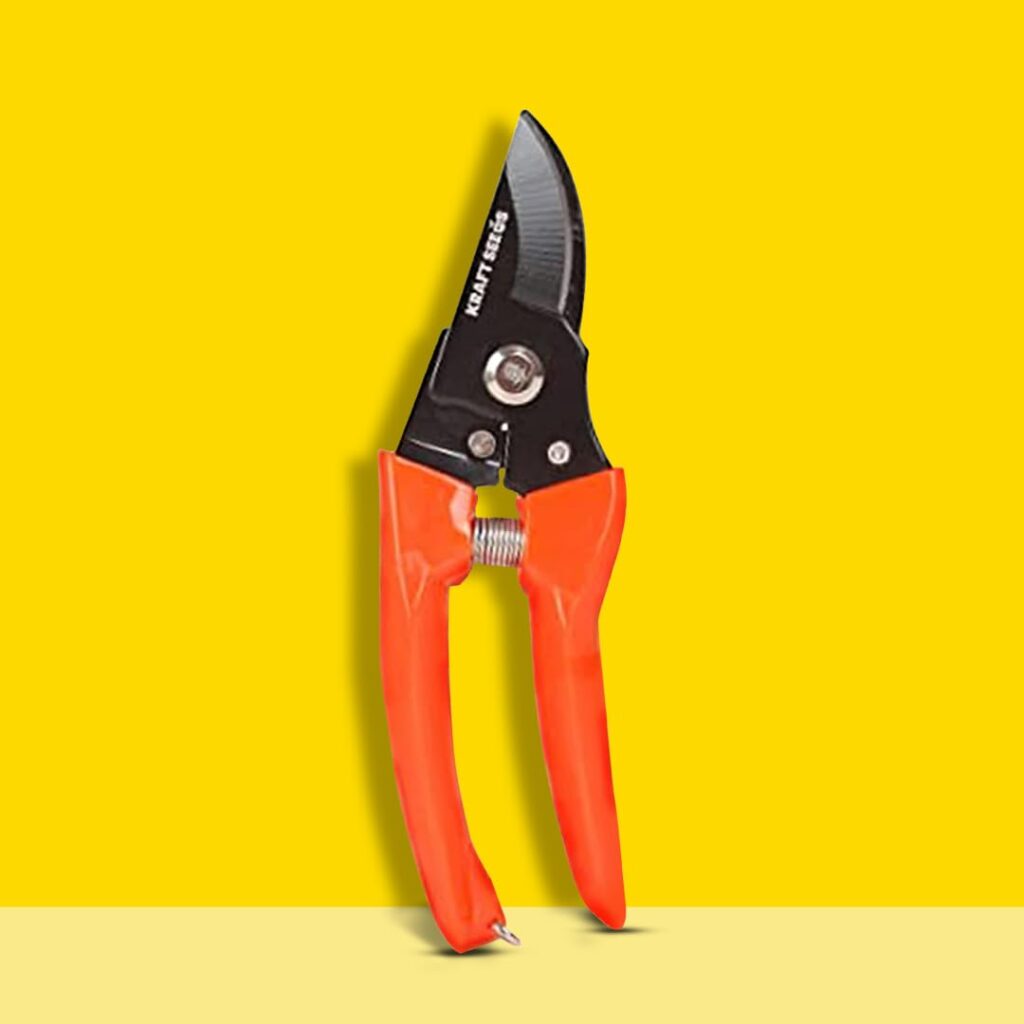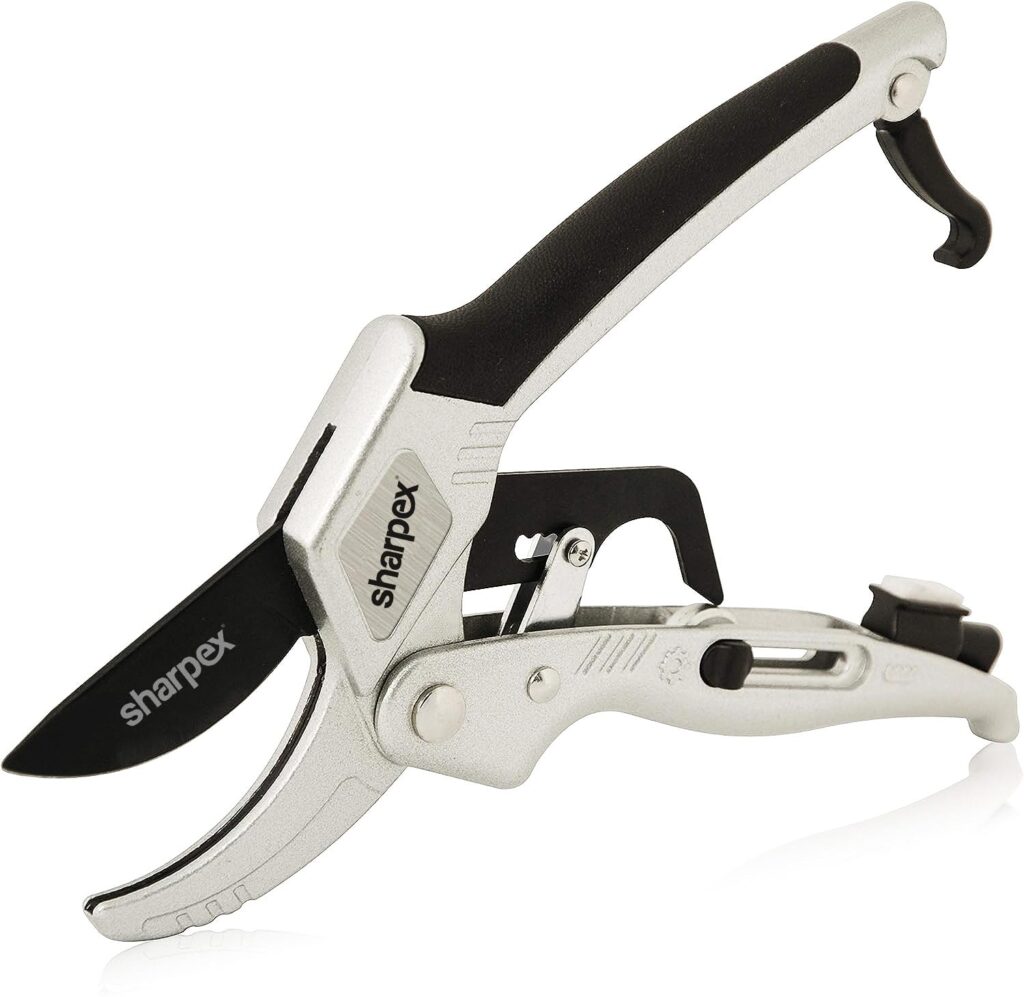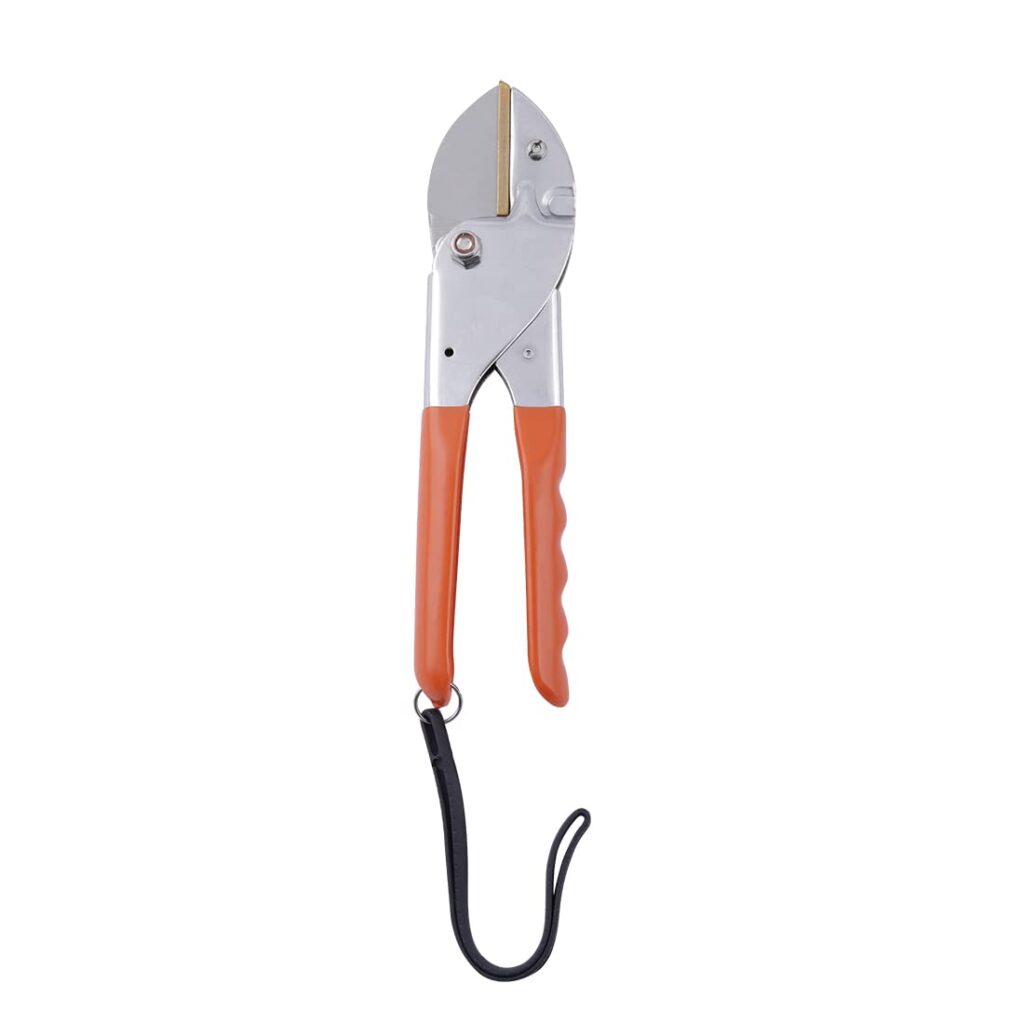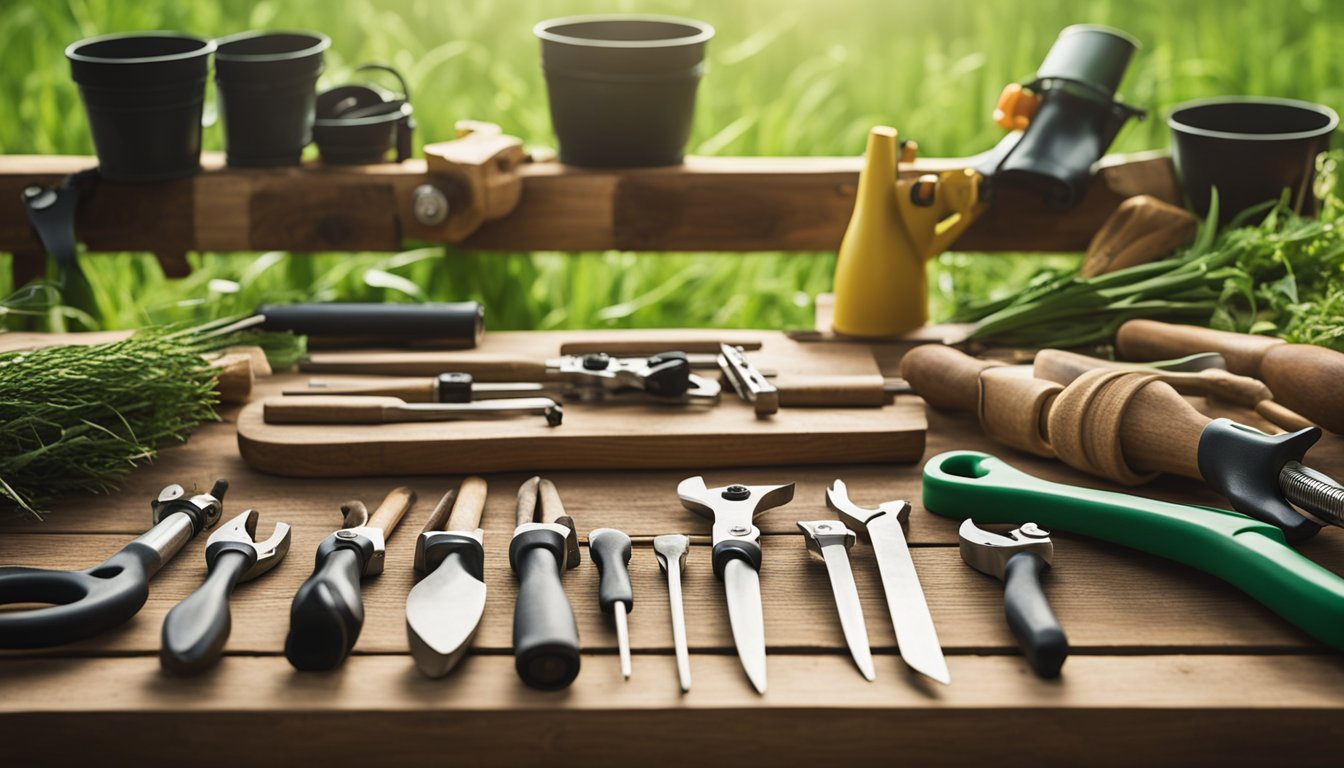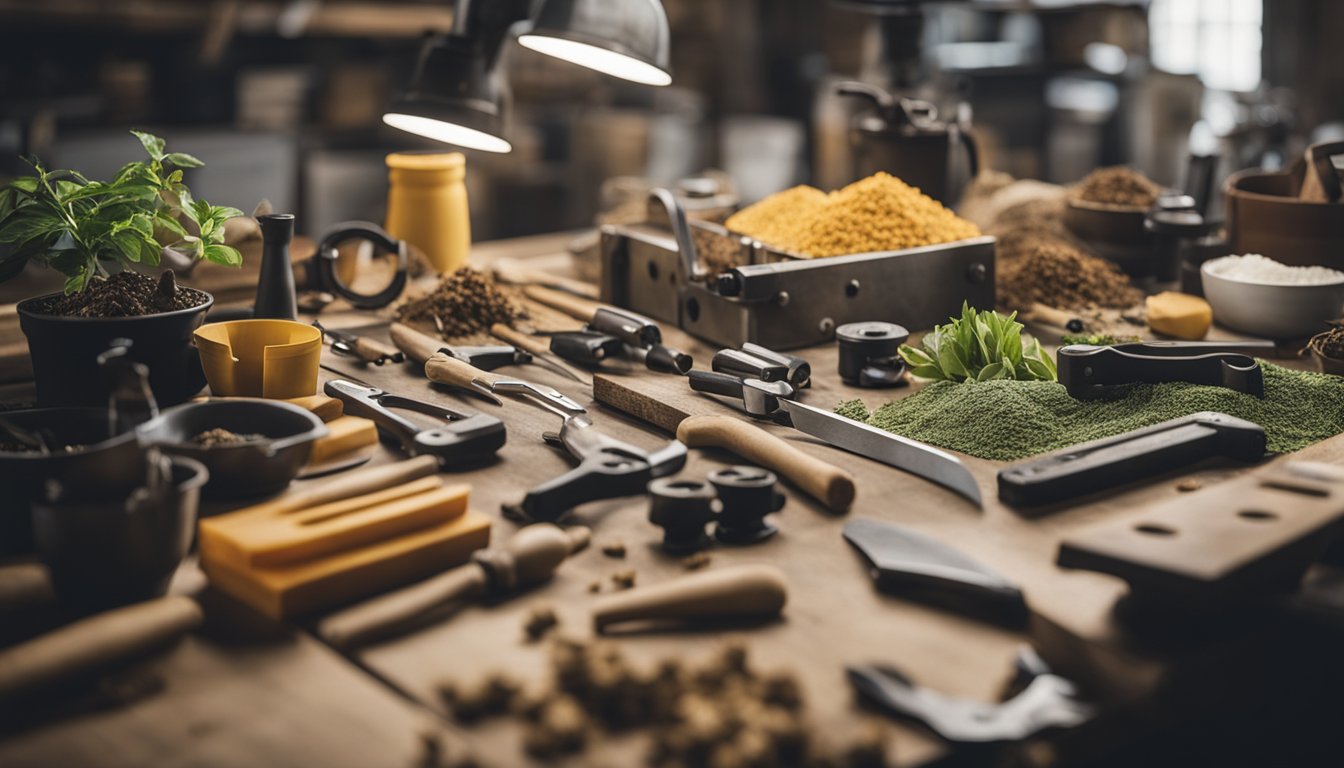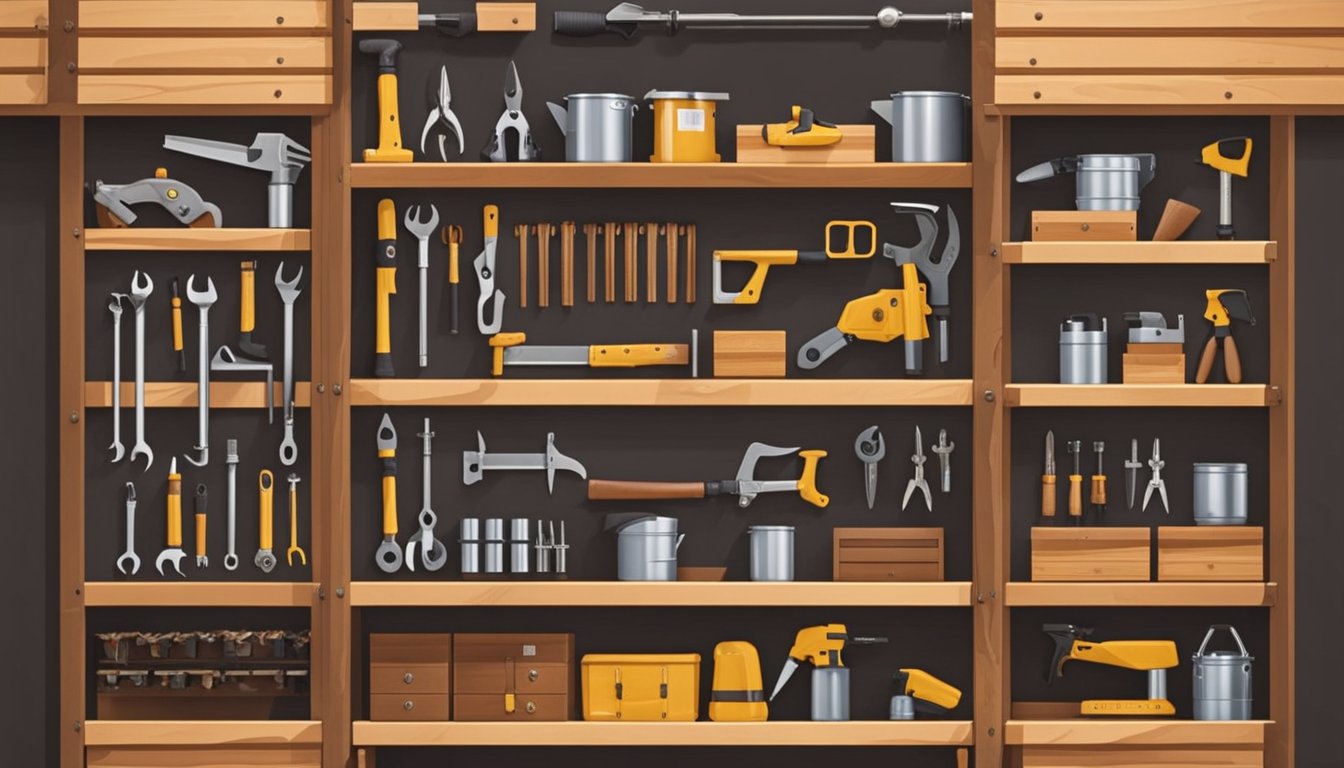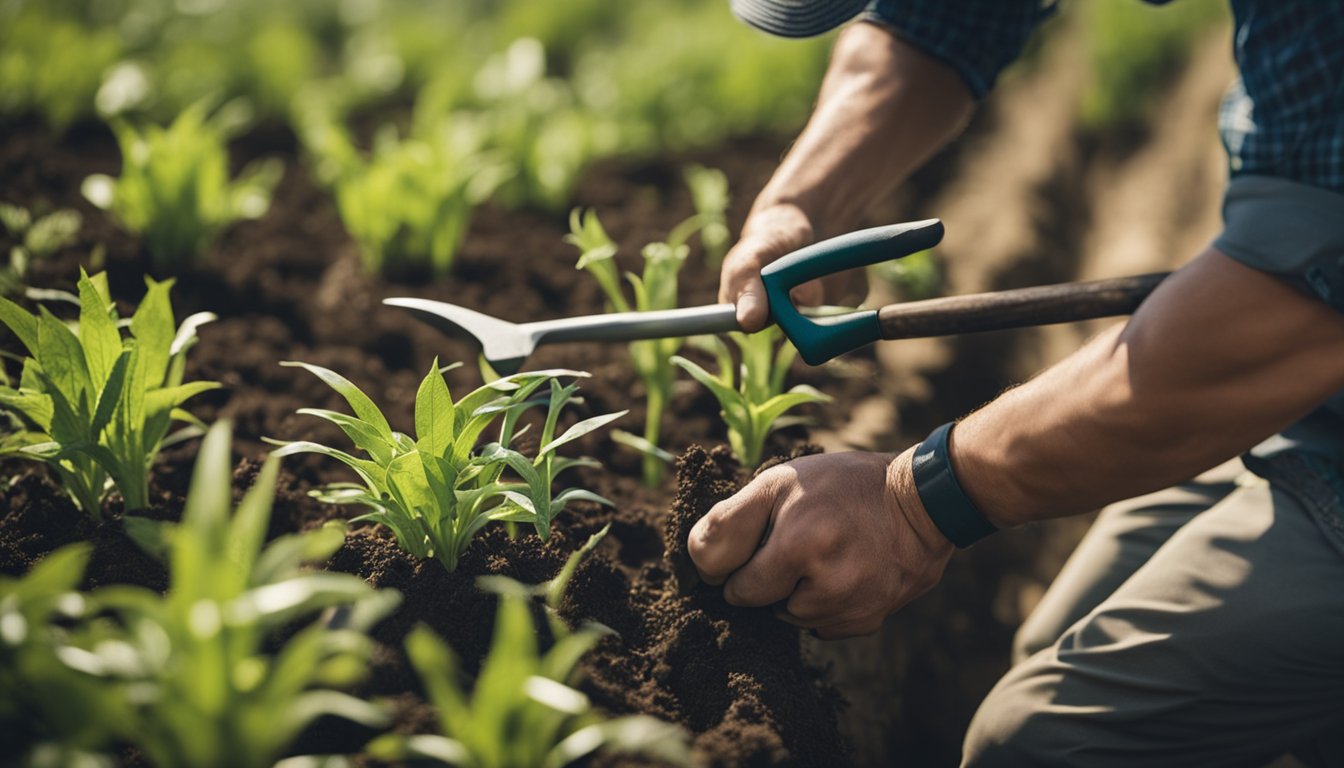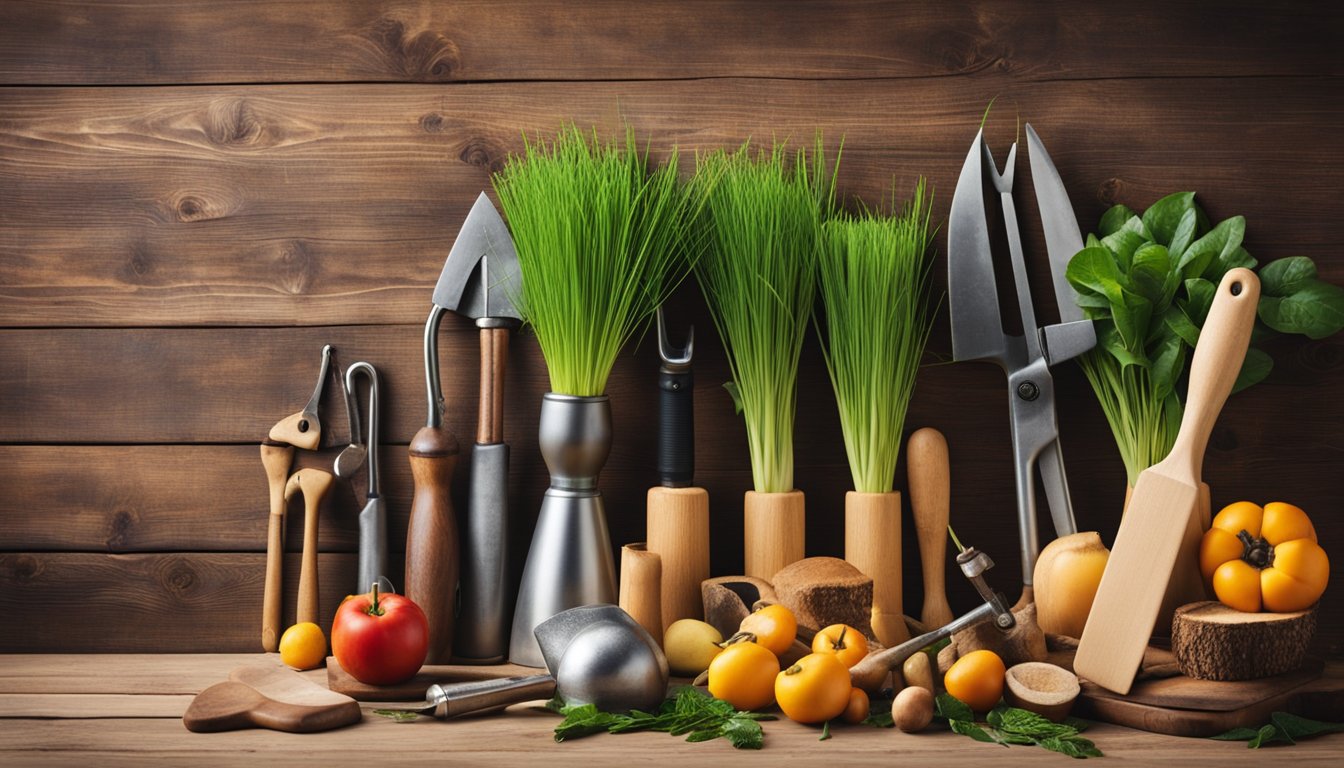We recently got our hands on the Kraft Seeds gardening tools kit, and it’s been a useful addition to our gardening routine. This set comes with 10 pieces, including essential tools like a hand cultivator, trowels, and a pruner cutter. The quality of the tools stands out, as they are made from durable materials and designed for comfort. We’ve appreciated how easy they are to use, making gardening tasks feel less daunting.
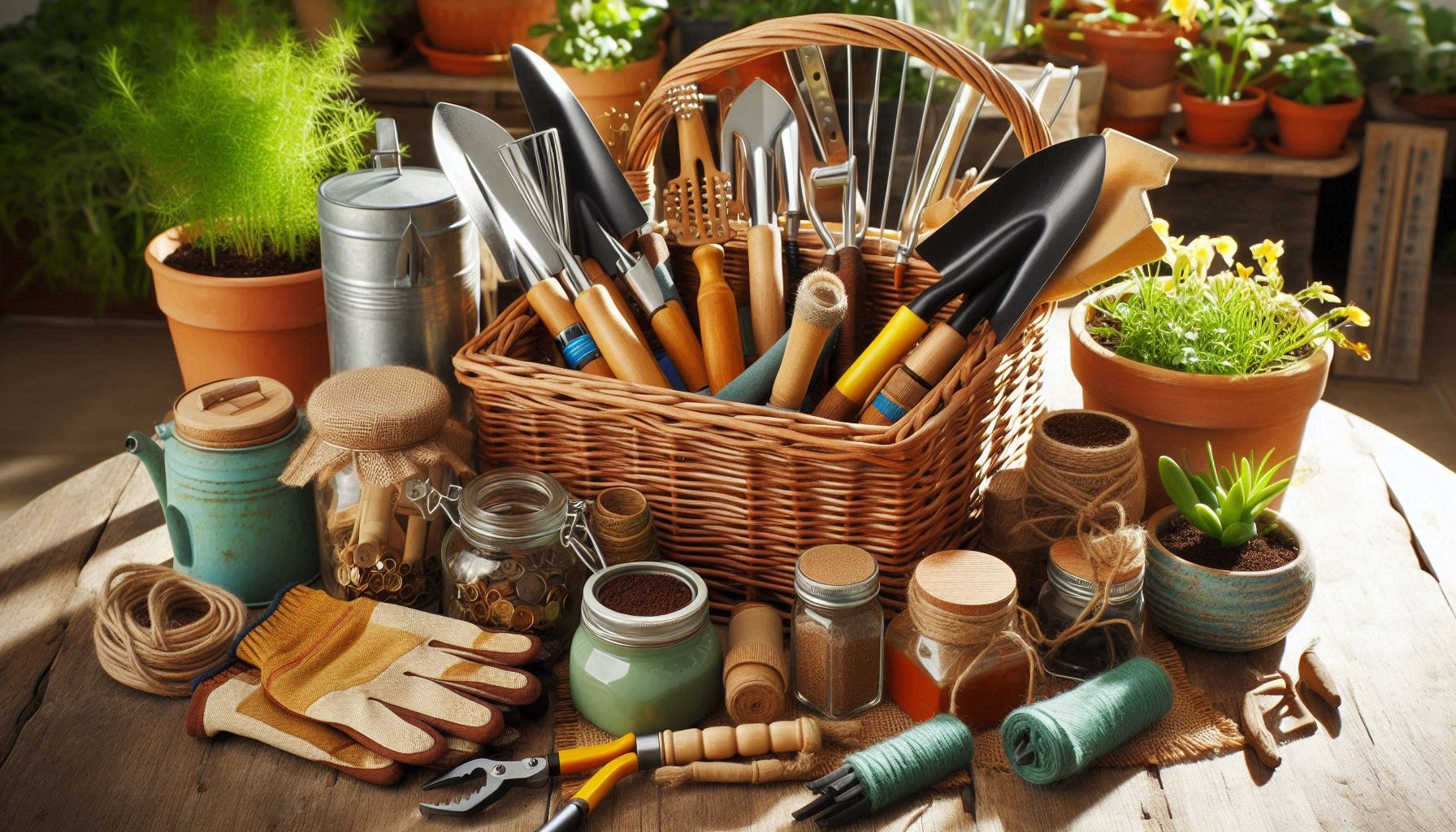
While we found the tools effective for various tasks like weeding and planting, the gloves particularly impressed us with their sturdy feel. The included seed packet is a nice bonus for those looking to start new plants. However, we noticed that the toolbox could be a bit cramped when trying to keep everything organized.
Bottom Line
If you’re looking for a reliable best gardening tools kit that covers all the basics, the Kraft Seeds set is a solid choice. It balances quality and functionality for both novice and experienced gardeners alike.
Ready to enhance your gardening experience? Click here to purchase the Kraft Seeds gardening tools kit today!
Overview of Kraft Seeds Gardening Tools Kit
Using this gardening tools kit has been quite a pleasant experience for us. The set includes important tools like trowels, a weeder, gloves, and a pruner, all packed in a handy toolbox. We found the handles to be comfortable, making tasks like planting and weeding easier.
The materials feel decent, with stainless steel and sturdy plastic. However, some components seem a bit lightweight, which might not hold up under heavy use. The included gloves are a great touch for protecting our hands while gardening. Overall, this kit offers a solid mix of functionality and convenience, making it a good choice for home gardening. It effectively saves time and effort, enhancing our gardening experience.
Ergonomic Handles for Comfort
Using these tools, we noticed that the ergonomic handles really stand out. They fit comfortably in our hands, reducing strain during long gardening sessions. The design allows us to grip securely, which makes digging, weeding, and planting much easier.
We appreciated how these handles helped us maneuver the tools without feeling fatigue. Even during challenging tasks, it felt like we had better control. However, it would be great if they offered even more padding for prolonged use. Overall, the ergonomic feature adds a nice touch to this gardening set, making our time in the garden more enjoyable.
Durable Materials and Protective Coating
Using this gardening tool kit, we quickly noticed its focus on durability. The metal tools are made from iron and feature a black powder coating that helps resist corrosion and rust. This protective layer gives us confidence that they will hold up well against the elements over time.
The gloves and pruners, made from high-quality stainless steel, feel sturdy and reliable. While some parts of the kit may seem lightweight, they still get the job done effectively. We do appreciate the ergonomic handles, which make prolonged use more comfortable.
However, a few parts feel less robust, and the toolbox itself seems a bit flimsy. Despite this, the overall construction serves our gardening needs well, offering a good balance of durability and usability.
Complete Set for Varied Gardening Tasks
After using this gardening kit, we can attest to its practicality for a range of gardening chores. The collection includes essential tools like trowels, a weeder, and even a pair of gloves, making it suitable for both casual and serious gardeners.
The ergonomic handles feel comfortable during longer sessions, reducing strain on our hands. We appreciate the sturdy build of the metal tools that resist rust. The included toolbox keeps everything organized, which is helpful when moving from one task to another.
On the downside, while the pruner works well for small plants, it may struggle with thicker stems. Overall, this set is a solid choice for anyone looking to tackle various gardening tasks efficiently. It has everything we need to maintain our garden.
Pros and Cons
Using this gardening tools kit has given us a valuable experience in maintaining our home garden. While we appreciate many features, there are some aspects worth considering.
Pros
- Sturdy Design: The tools feel solid and well-made, which gives us confidence while using them. We noticed they handle various tasks easily, from digging to weeding.
- Lightweight and Portable: The tools are easy to carry around. This has made our gardening tasks less tiring, allowing us to work for longer without discomfort.
- Comfortable grips: The ergonomic handles help reduce strain on our hands, making even longer gardening sessions manageable. We can work efficiently without feeling sore.
- Variety of Tools: With this set, we have all the essentials needed for most gardening tasks, which saves us from needing to purchase additional tools.
Cons
- Flimsy Toolbox: The plastic toolbox isn’t as sturdy as we hoped. It feels a bit brittle, and we worry about durability over time.
- Handle Material: While the tools are lightweight, some of the plastic handles can feel less comfortable during prolonged use.
- Mixed Quality: Not every tool feels top-notch. A couple of the items seemed to be of lower quality, which might be an issue if you plan on using them heavily.
- Not Ideal for Large Gardens: If you have a bigger gardening area, this set may not be sufficient. It works well for smaller spaces but might require additional tools for larger tasks.
Insights from Customer Reviews
After looking through many customer experiences, we noticed a mix of positive feedback and some concerns about this gardening tools kit. Users generally appreciate the lightweight design and sturdy construction of the tools. Many found them easy to use, perfect for small gardens or pot gardening. The included gloves and pruner also received praise for being helpful during maintenance tasks.
Some reviewers mentioned that the handles could feel uncomfortable since they are made of plastic. A few noted that while most tools perform well, a couple seemed less durable and a bit flimsy. There were comments about the packaging being weak, with reports of broken cases upon arrival. Overall, it seems this kit offers good value for the price, though users should be aware of the potential quality variations among the tools.
Conclusion – Gardening Tools Kit
After using this gardening tools kit, we feel it offers a solid balance of quality and value. The tools are lightweight and easy to use, making them great for both beginners and seasoned gardeners. We appreciated the sturdy build of most tools, which made our gardening tasks simpler.
On the downside, a few items felt a bit flimsy, which might concern some users. The plastic handles could be uncomfortable during extended use. Still, for casual gardening and small spaces, this set holds up well and delivers on its promise. Overall, if you’re looking for a reliable starter kit, this one hits the mark without breaking the bank.
FAQ’s – Gardening Tools Kit
Gardening can be a rewarding experience, and choosing the right tools is important. Let’s answer some common questions about gardening tool kits to help you make a smart choice.
What should I look for when choosing a gardening tools kit?
When selecting a gardening tools kit, we suggest looking for a set that includes the basics, like a trowel, fork, and weeder. It’s also good to consider the material of the tools. Sturdy, rust-resistant metal is best. The handles should feel comfortable to hold, especially if we plan to use them for a long time. Lightweight tools are easier to handle, but they still need to be strong enough to get the job done.
Which brands are known for producing high-quality gardening tools?
Several brands are recognized for making reliable gardening tools. Companies like Fiskars and Gardena are well-respected for their quality products. We’ve also seen positive feedback about brands like Kraft Seeds. They often offer value for money, especially in their gardening tool kits.
How do I select gardening tools that are suitable for seniors with limited mobility?
For seniors, we recommend looking for tools with ergonomic designs. These tools usually have handles that are easy to grip and require less strength to use. Sets that include lightweight tools are also beneficial as they are easier to manage. Accessories like long-handled tools can help reach plants without bending or kneeling.
What are the essential hand tools needed for everyday gardening?
Everyday gardening often calls for a few key hand tools. We find that a good trowel, hand fork, and pruner are must-haves. A weeder is also useful for keeping gardens tidy. Including gloves is a great idea to protect our hands while we work. Having a small variety ensures we can handle different tasks efficiently.
Can you recommend a toolkit for someone just starting out in gardening?
For beginners, a simple toolkit that covers the basics is ideal. A set with a trowel, hand fork, and weeder should do the trick. Adding gloves and possibly a small pruner makes it even better. The Kraft Seeds gardening kit is one option that many new gardeners appreciate due to its affordable price and included variety of tools.
What are the best options for professional-grade gardening tools?
Professionals typically look for tools that can withstand heavy use. Brands like Felco and Fiskars offer top-tier options that are durable and often come with warranties. Stainless steel tools with strong, comfortable handles are key. Tool kits designed for professionals often allow for versatility in gardening tasks, making them worth the investment.
When we explore gardening, it’s clear that having the right tools can make all the difference. With thoughtful selection, we can enhance our gardening experience.

